Wireless Power Transfer Introduction
It has gotten so far that there is hardly a single shot remaining to take in the wireless power transfer (WPT) revolutionizing the concepts of power delivery by eliminating the conventional cord and plug in future energy everywhere without tangles. WPT is going to revolutionize the world, from charging a smartphone to powering an electric vehicle by offering great convenience and safety as well as the potential for transformative applications for different industries.
On the other hand, Wireless Power Transmission represents an abbreviation "WPT" for that the power is transmitted in the absence of wires. A dynamic electromagnetic field carries transmittable electrical energy across space from source to receiver.
Prospects of Wireless Power Transfer
The future looks bright for WPT, and further improvements in efficiency, range, and safety remain areas of ongoing investigation. Advancements in materials science and electromagnetic theory indeed promise to yield better and more versatile WPT systems. The KRCT also remains dedicated to staying at the hub of such advances in an environment of Competence and Excellence in Engineering Education.
1. What Is Wireless Power Transfer?
Meaning of Wireless Power Transfer describes the transmission of electrical energy via air not through a physical connector. It mainly operates through two key mechanisms:
- Inductive coupling: Employs magnetic fields between coils to transfer energy at very close distances (in the range of millimeters to a few centimeters). Regularly used for smartphone charging pads and electric toothbrushes.
- Resonant Inductive Coupling: Improves the distance (up to a few meters) by tuning the transmitter coils and receiver coils to a common resonant frequency. This enables mid-range WPT applications like powering biomedical implants and electric vehicle pads.
2. Key Technologies and Principles
- Magnetic Resonance: Resonant inductive coupling is very important; when two coils resonate to the same frequency, energy transfer efficiency is at its best, indicating a definite upsurge.
- RF-Based WPT: Is used to transfer power over extended distances (from meters to tens of meters) with the assistance of radio waves. It would be useful in low-power IoT devices, sensors, and RFID applications.
- Laser-Based WPT: Transform electricity into laser light projected against photovoltaic receivers. It can supply electricity in targeted form but runs into safety and efficiency challenges.
3. Advantages of WPT
- Convenience: Getting rid of a rat's nest of cables to make charging stations convenient in any location, be it the kitchen, a car or some public place.
- Durability: No degradation to connectors. The longevity of gadgets is assured.
- Safety: The chance of getting an electric shock and sustained smoke pollution due to damaged wires is much limited.
- Mobility: It facilitates truly wireless devices to be developed and also stand free without the burden of heavy batteries.
4. Challenges and Considerations
- Efficiency: During transmission, there is power loss; inductive systems may be able to attain an efficiency of as much as 80 to 90 percent in near ranges, and this efficiency decreases with the distance.
- Alignment Sensitivity: Liberal coil misalignment reduces the transfer rate, bringing a necessity for sophisticated coil designs and feedback systems.
- Regulatory and Health Concerns: Despite, blame in view of climate change and the destruction, the vast amount of the guidelines set forth in the referenced topics are threatening fauna and flora.
- Cost: Good quality coils, materials and control electronics increase the cost.
5. Applications Driving Innovation
- Consumer Electronics: The wireless charging pads, furniture-integrated chargers, and contactless power banks.
- Electric Vehicles (EVs): Parking pads that charge chargers or dynamic lanes while vehicles are moving.
- Medical Implants: Pacemakers and neurostimulators powered without surgery for battery replacement.
- IoT Infrastructure: In another example, the use of embedded sensors would be in smart buildings and agriculture driven by wireless power.
- Industrial Automation: Machines that move together with robots that use slip rings-powered by electricity-ever ensure a steady rapidly without a glitch in rotation.
6. The Road Ahead: Emerging Trends
- Standardization Efforts: Industry alliances (e.g., Qi, AirFuel) driving interoperability and safety standards.
- Dynamic Charging: Creating wpt tracks on roads for Continous EV Charging.
- Meta-Materials: Using engineered materials to enhance efficiency in the field is what the text represents.
- Integrated Systems: Stylish surfaces that contain electric information and power communication devices may signal next-generation Internet of Things.
Conclusion
Wireless Power Transfer does make life easy, and it would be a revolution. And everywhere you are-from your desk to the road beneath your tires-it will be sprinkled with WPT to visit you once costs are reduced and efficiencies improved-and finally standards are matured. The true age of wireless power is upon us, and therefore so with it the possibilities for innovations without limits.
Join our latest technology projects at TakeoffProjects to truly master WPT technologies and construct tomorrow's solutions!
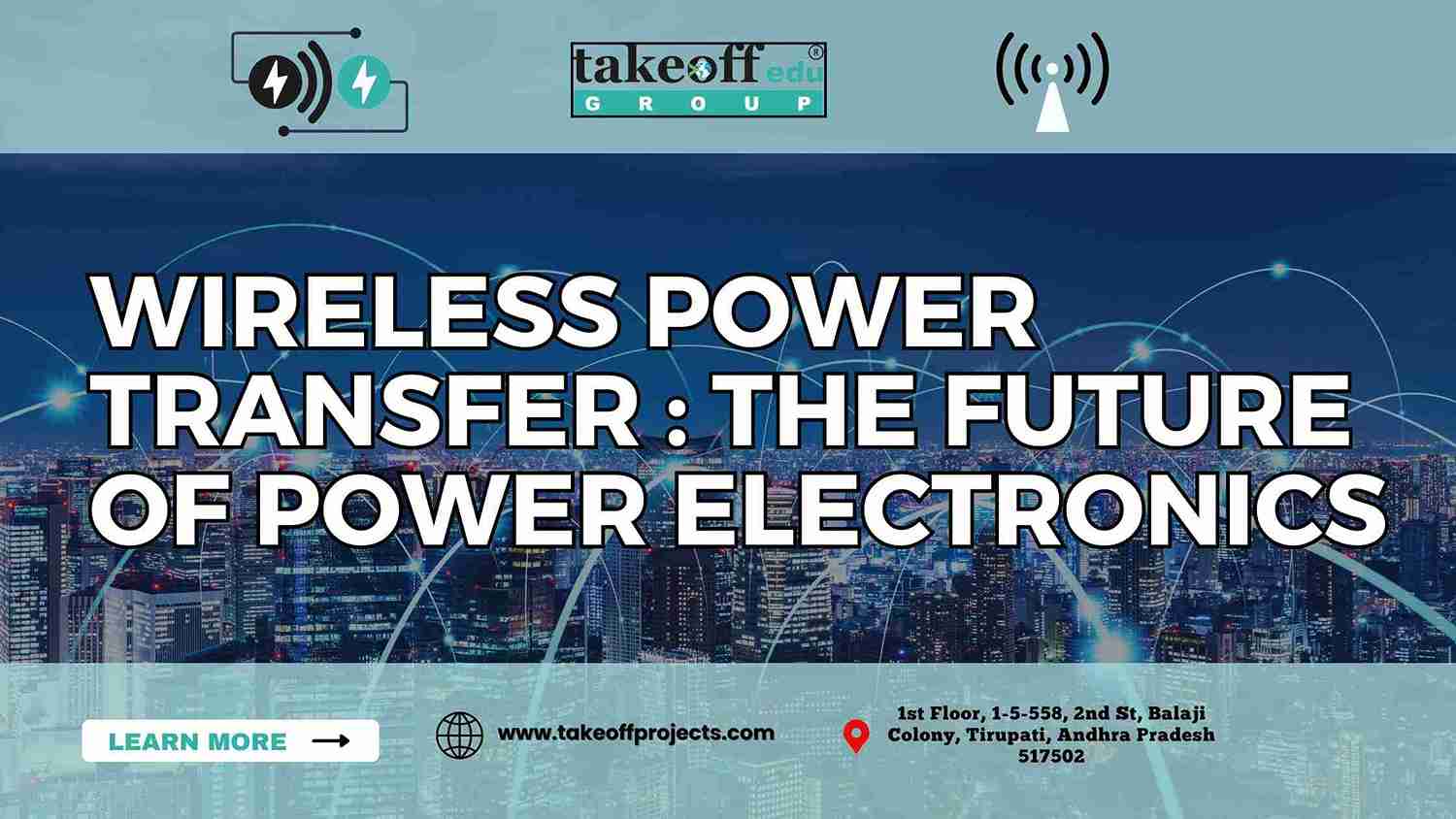
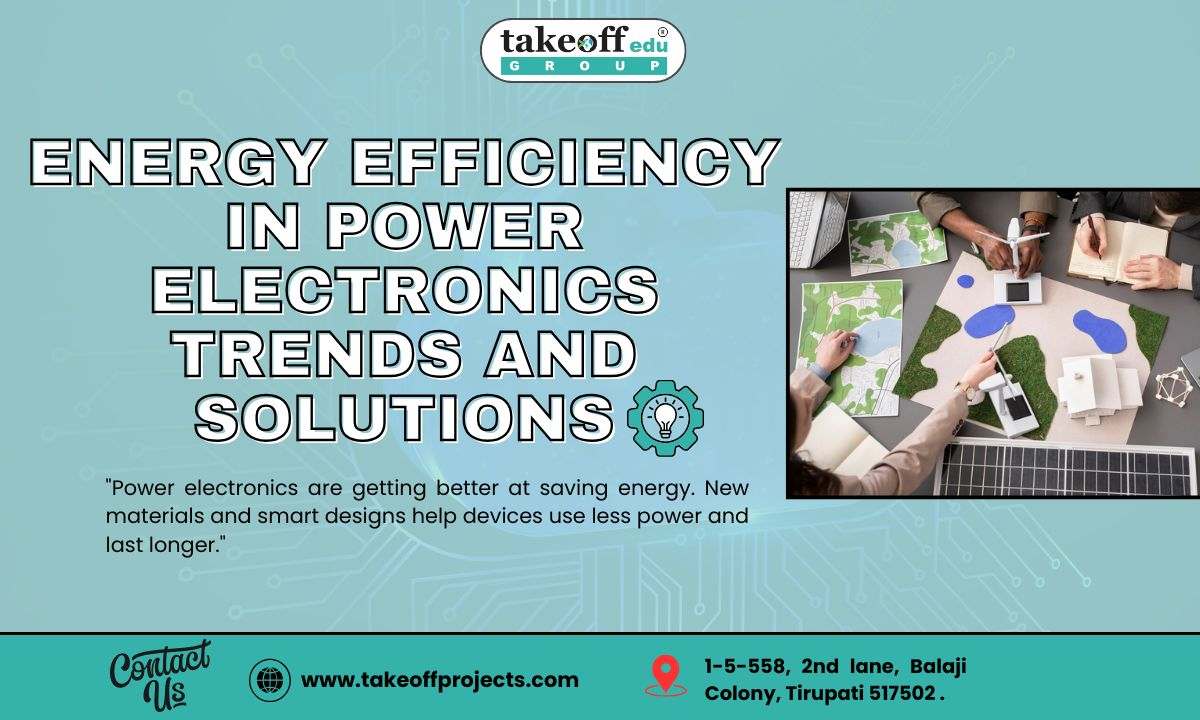 Energy Efficiency in Power Electronics: Trends and Solutions
Energy Efficiency in Power Electronics: Trends and Solutions 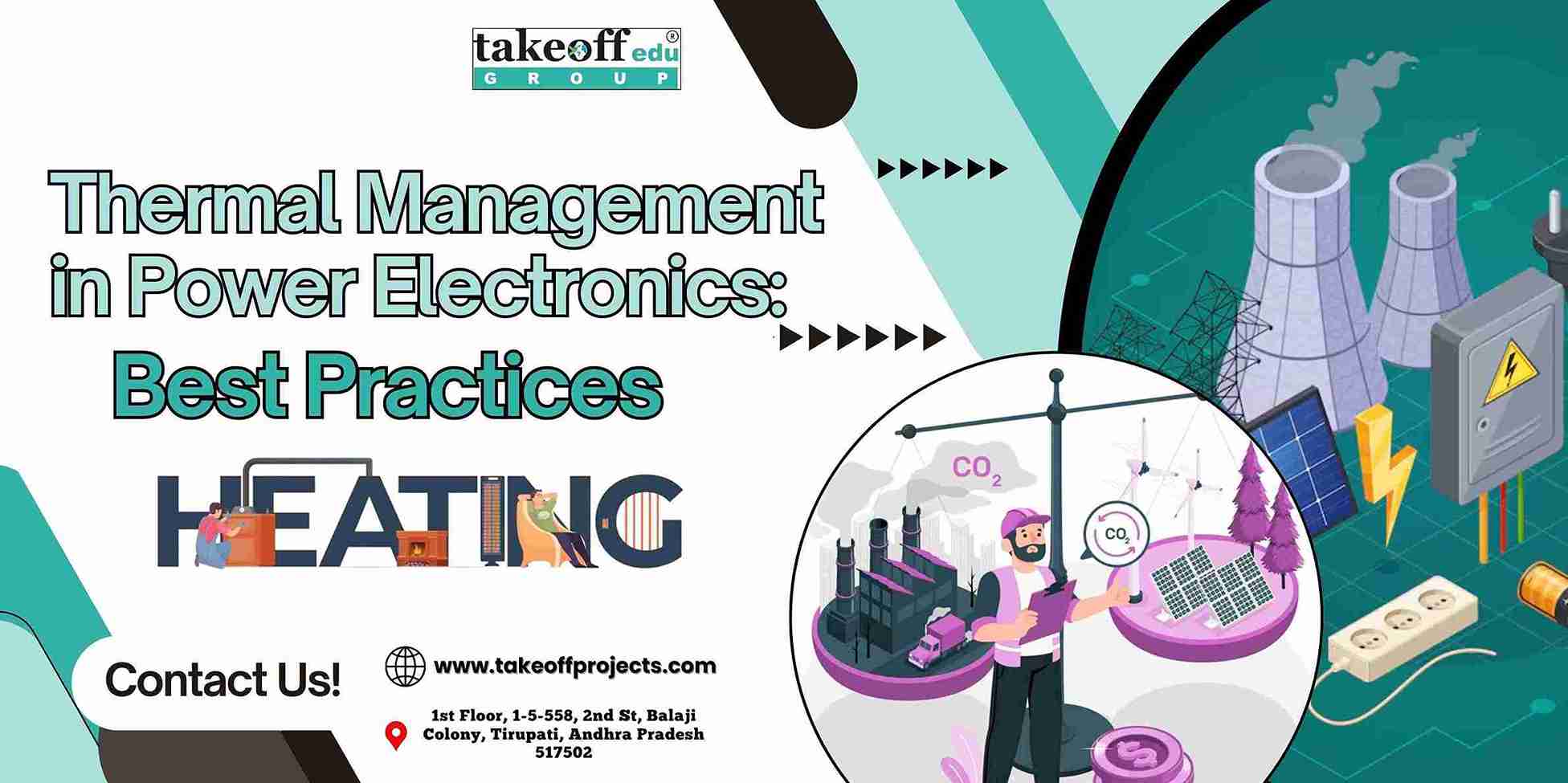 Thermal Management in Power Electronics: Best Practices
Thermal Management in Power Electronics: Best Practices 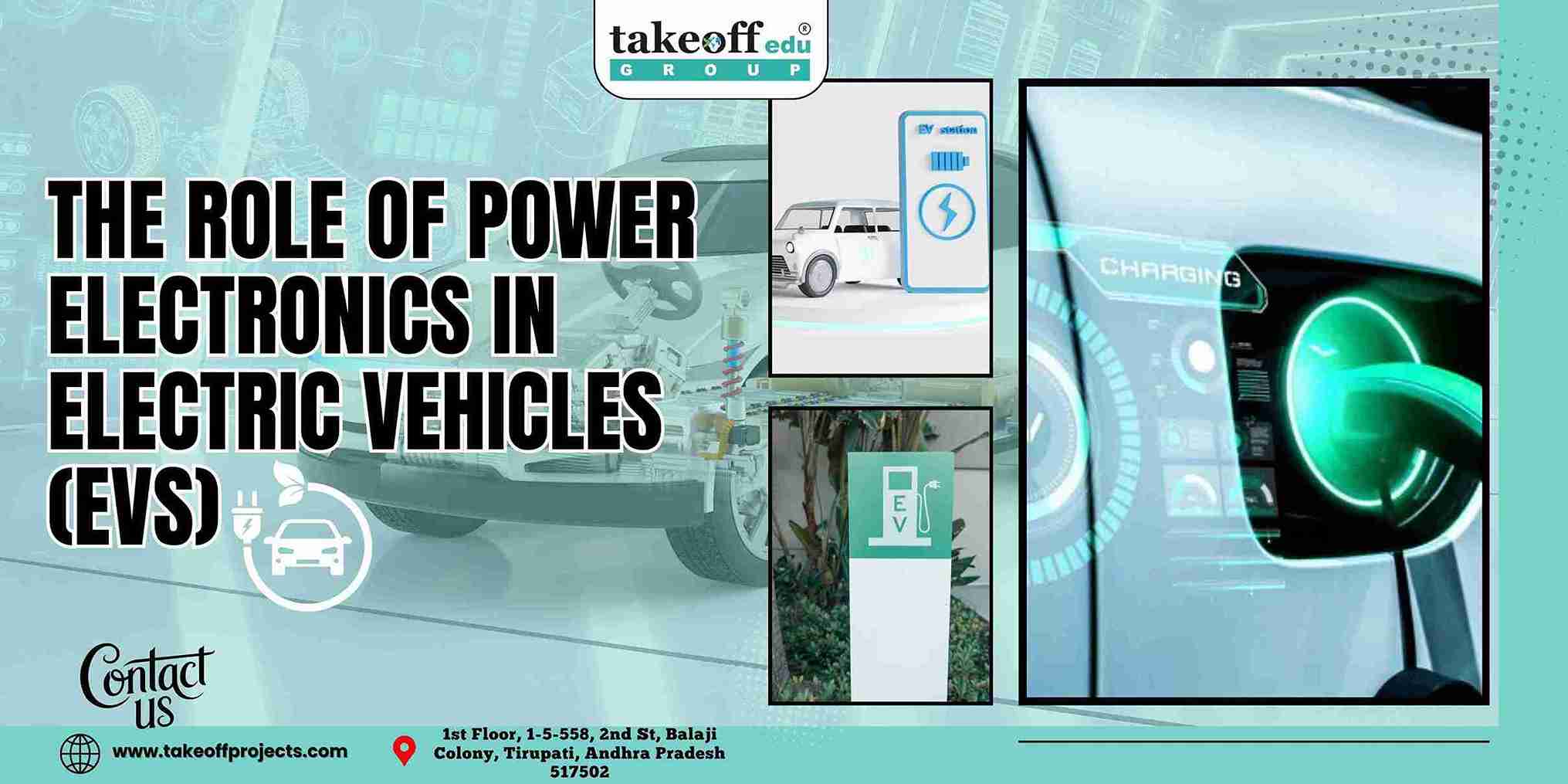 The Role of Power Electronics in Electric Vehicles (EVs)
The Role of Power Electronics in Electric Vehicles (EVs) 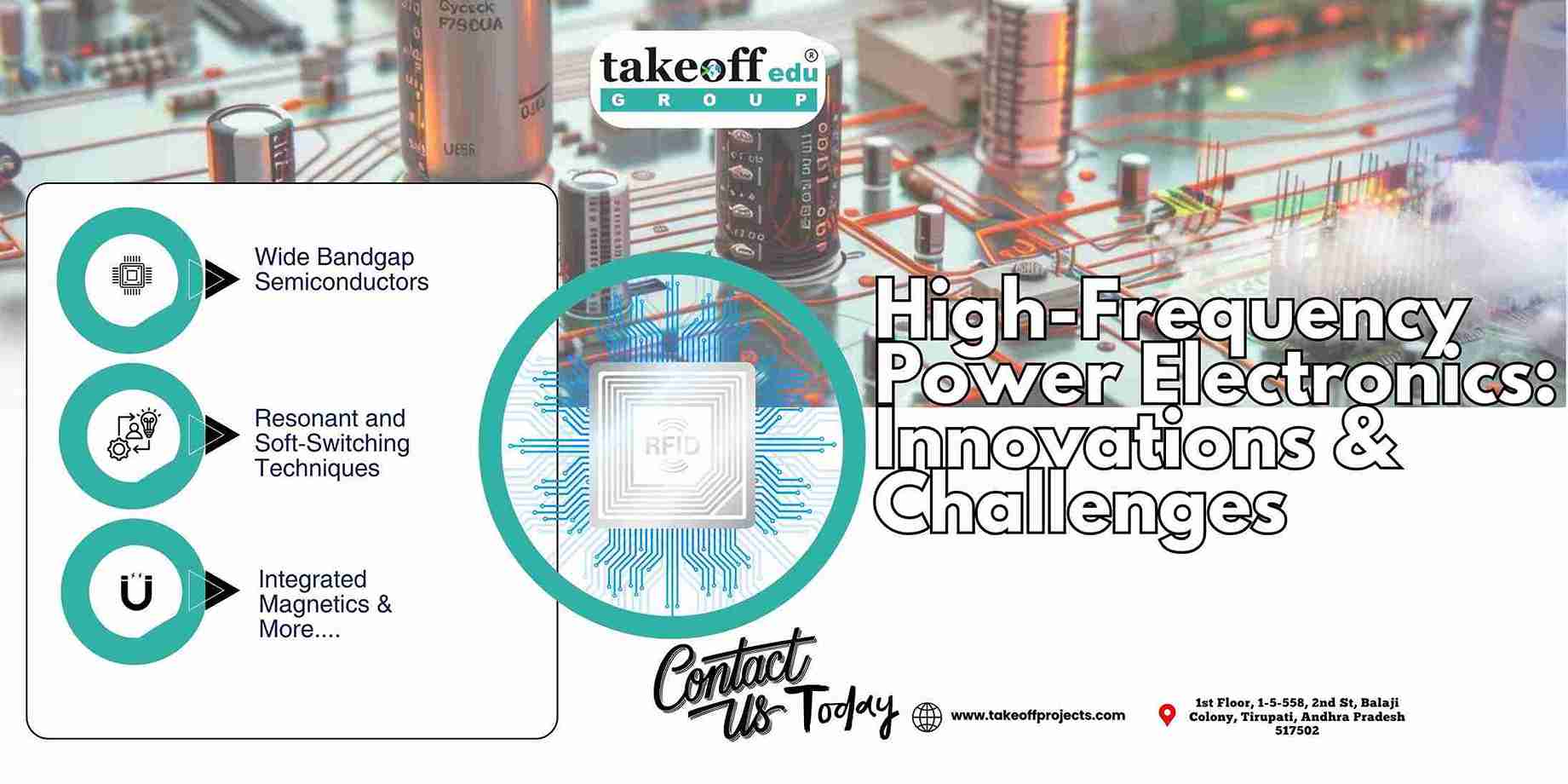 High-Frequency Power Electronics: Innovations and Challenges
High-Frequency Power Electronics: Innovations and Challenges 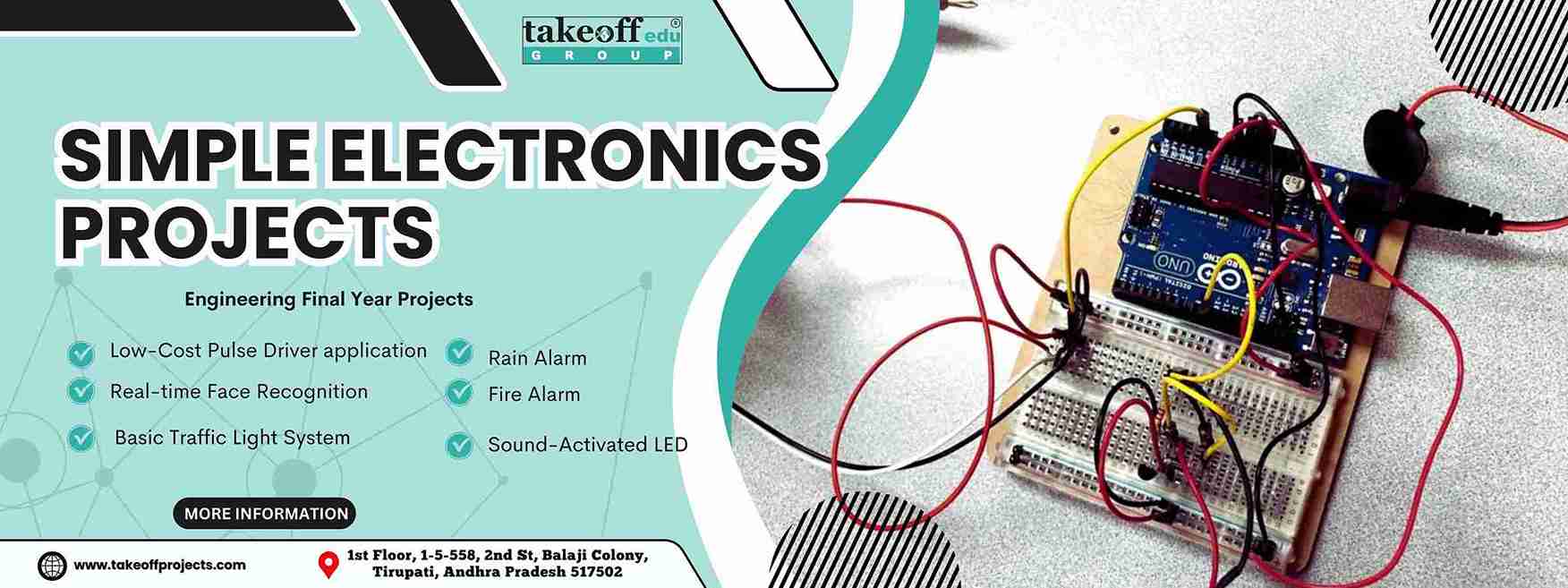 Simple Electronics Projects
Simple Electronics Projects  Wireless Communication Projects for Engineering Students
Wireless Communication Projects for Engineering Students 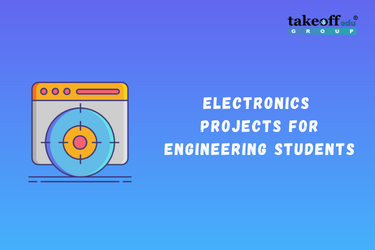 Electronics Projects for Engineering Students
Electronics Projects for Engineering Students 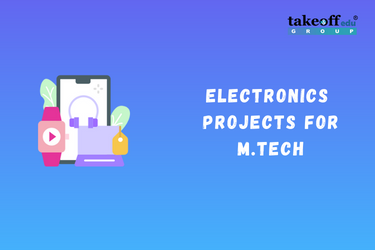 M.Tech Electronics Projects
M.Tech Electronics Projects 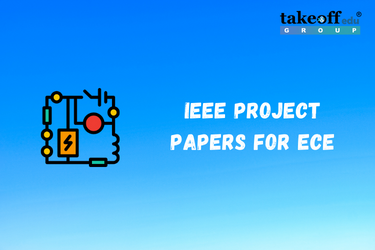 IEEE Project Papers for ECE
IEEE Project Papers for ECE 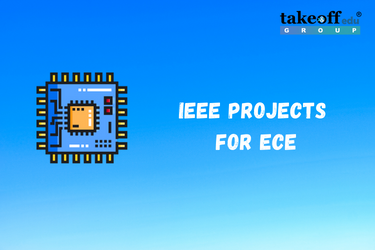 IEEE Projects for ECE
IEEE Projects for ECE 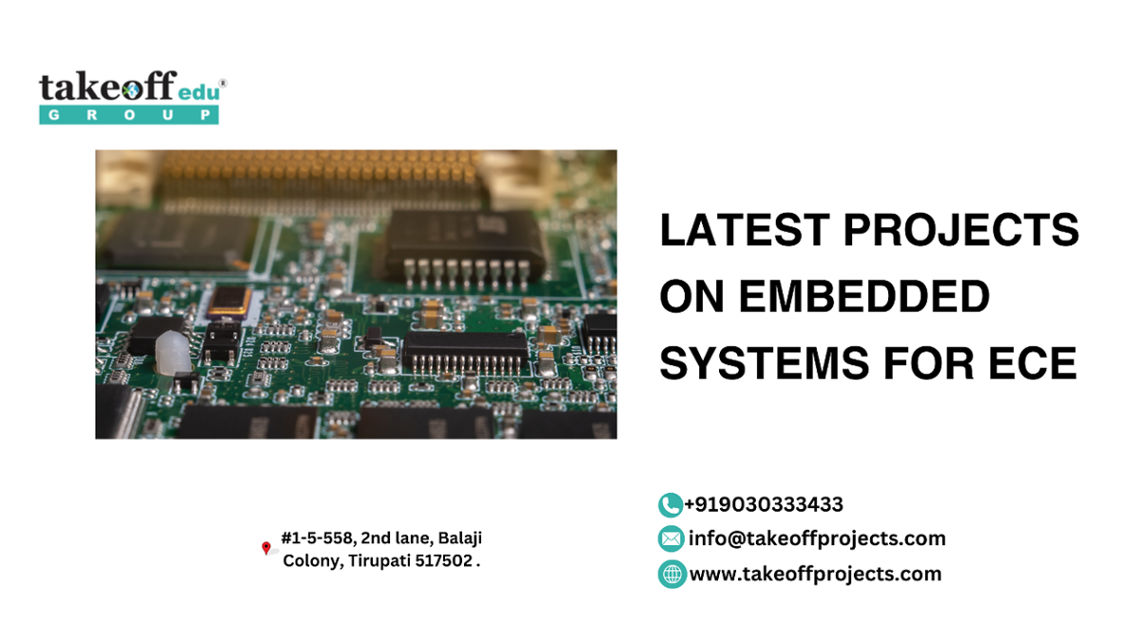 Latest Projects on Embedded Systems for ECE
Latest Projects on Embedded Systems for ECE 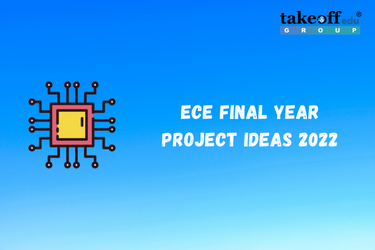 ECE Final Year Project Ideas 2022
ECE Final Year Project Ideas 2022  Latest Mini Projects for ECE
Latest Mini Projects for ECE 
 Paper Publishing
Paper Publishing


